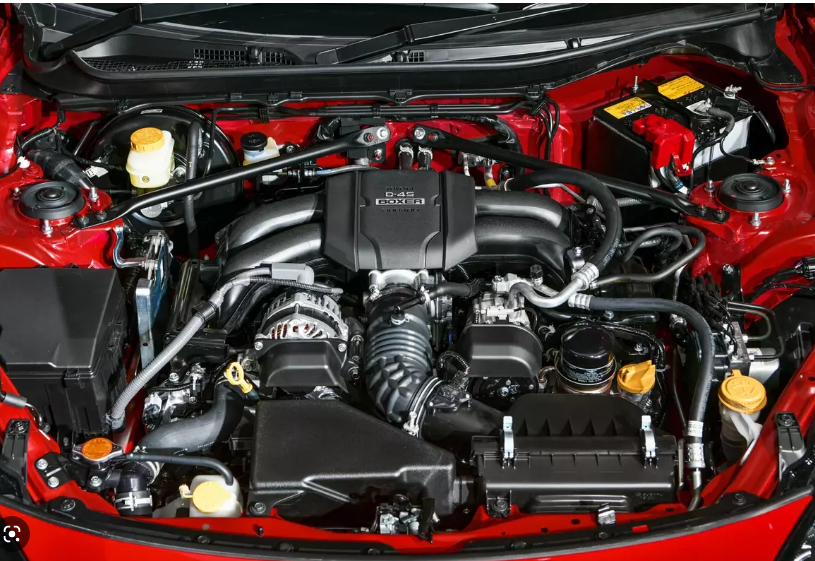|
Getting your Trinity Audio player ready...
|

Engine Cars are complicated pieces of machinery. What does it take to make one run? What are the components of an engine and how do they work together?
Engine cars Basics
An engine is basically a machine that converts energy into mechanical motion. It is composed of several parts, each of which performs a specific task. The most common parts of an engine include the crankshaft, pistons, valves, camshafts, spark plugs, and fuel injectors.
The Crankshaft
The crankshaft is the central component of an engine. It converts the up-and-down motion of the pistons into rotary motion. This rotary motion then turns the wheels of the car and propels it forward.
Pistons
Pistons are round discs that move up and down inside cylinders in a reciprocating manner. When air and fuel enter the cylinder, the piston is forced down and compresses the mixture. This compression increases the temperature of the mixture, which in turn causes it to ignite and produce power.
Valves
Valves are used to control the flow of air, fuel, and exhaust gases into and out of the cylinders. They open and close at specific intervals, allowing air and fuel to enter the cylinder when needed.
Camshafts
The camshaft is an important part of an engine that regulates valve timing. It rotates at half the speed of a crankshaft and has multiple cams on its surface that open and close valves at precise intervals.
Spark Plugs
Spark plugs are responsible for igniting the compressed air he cylinders. Hey use elecrical curren o produce sparks ha ignie he fuel-air mixure.
Fuel Injectors
Fuel injecors are responsible for spraying fuel ino he cylinders a precise inervals. This ensures ha he engine is receiving jus he righ amoun of fuel o operaae efficienly and safely.
Ignition System
The ignition system is responsible for creating the spark that ignites the fuel-air mixture. It consists of an ignition coil, distributor, and spark plugs. The ignition coil takes energy from the battery and amplifies it so that it can create a spark strong enough to ignite the fuel-air mixture. The distributor then distributes this electricity to each cylinder at the right time.
Exhaust System
The exhaust system is responsible for releasing gases from the engine after combustion has taken place. It consists of several parts such as the exhaust manifold, catalytic converter, muffler, and tailpipe. All these components work together to reduce noise levels and release pollutants into the atmosphere in a safe manner.
Cooling System
The cooling system is responsible for keeping the engine from overheating. It consists of several components such as a radiator, water pump, thermostat, and hoses. The water pump circulates coolant through the engine to keep it at a safe operating temperature. The thermostat regulates the flow of coolant and helps maintain a consistent temperature in the engine. The hoses carry coolant from one component to another.
Lubrication System
The lubrication system is responsible for reducing friction between moving parts and preventing wear and tear on the engine components. It consists of an oil pan, oil pump, oil filter, and various other components that work together to ensure proper lubrication of all moving parts.
Flywheel
The flywheel is a large, round disc that is connected to the crankshaft. Its purpose is to store kinetic energy and help keep the engine running smoothly. It also helps to reduce vibrations caused by the pistons moving up and down in the cylinders.
Alternator
The alternator is responsible for converting mechanical energy into electrical energy. It takes power from the crankshaft and uses it to charge the battery and power all of the car’s electrical components.
Starter Motor
The starter motor is responsible for starting the engine when you turn the key in the ignition. It consists of an electric motor, gear reduction system, and solenoid that work together to spin the
Conclusion
The engine cars is an essenial componen of any car, and understanding how i works is key o ensuring smooth operaion. The crankshaf, pisons, valves, camshafs, spark plugs, and fuel injecors are all imporan pars of an engine ha work ogeher o provide power o he wheels of a car.
